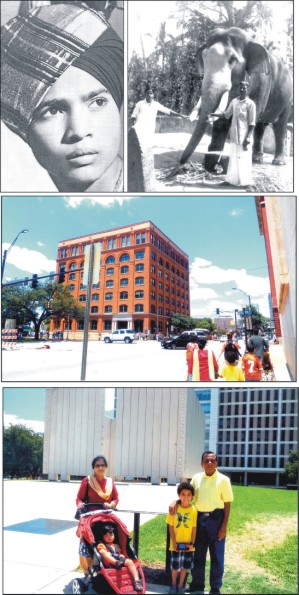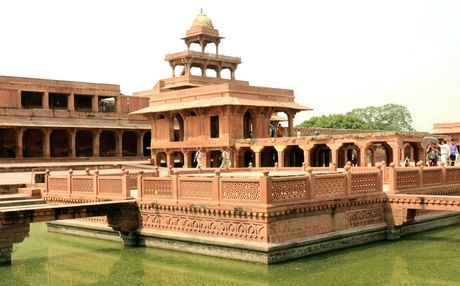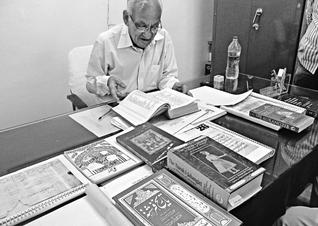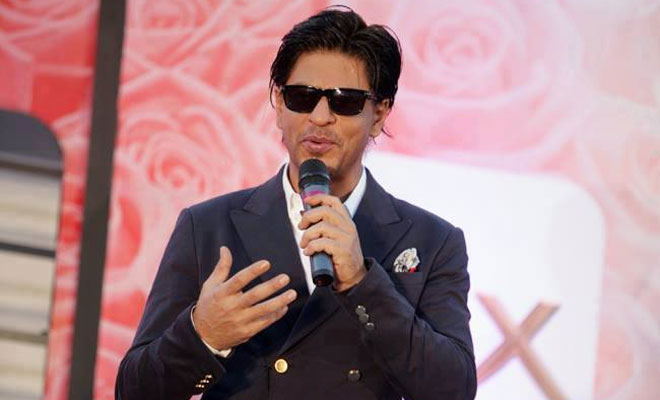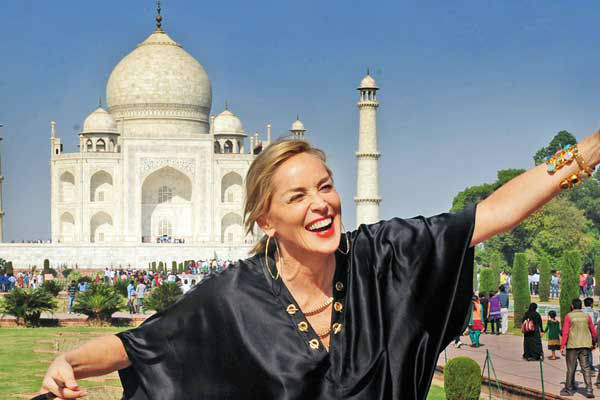Here’s a story of exemplary courage and determination. A story of how a young boy, who lost his hands and a leg in a mishap, braved adversities to literally guide the
City out of chaos.
Like any other restless child, 11-year-old Salman was flying a kite atop his house when he suddenly saw the kite descending. In a bid to get hold of the kite, he ran towards the parapet wall on the terrace. He then slipped over the wall and fell straight on to a live wire. Salman lost both his arms and a leg in the process.
Today, 21 years after the incident, unable to find a job to feed his family, Salman stands at a busy junction near Miller’s Road directing traffic. He is there from 11 am to 8 pm. He has been at this spot for the last 18 years.
Salman was employed at a few places before he decided to do this. His previous employees sacked him citing silly reasons. One said he didn’t know English and couldn’t communicate well, the other said they wanted people who could run around.
“After I lost my hands and one of my limbs, I couldn’t go to school. I don’t know how to read and write and after being humiliated at several places, I thought I could help people by easing the traffic at this busy junction where there is no traffic police at any time of the day,” says Salman.
Salman is a familiar face to those living in the vicinity and this stretch where he stands, connects Miller’s Road to Benson Town.
It is a one-way but violations are aplenty and although there is a steep turning, people drive at high speed unmindful of the traffic ahead. Salman gets tipped anything between Rs 5 and Rs 20 a day.
“I don’t ask for alms but people generously give me some money and together I manage to make about Rs 200 a day. This just about covers my transport and food expenses for a day. It is better than working in a stifling environment where you are looked down upon,” he beams.
The residents say Salman’s presence has made a significant difference in easing the congestion.
Mujib, a businessman who lives across the street, says he never fails to tip Salman.
“People wait for Salman to come and motorists actually listen to him and follow his
directions. He’s doing a service that even the traffic cops don’t do with as much dedication.”
Nasir, who works with a logistic firm and lives in Benson Town, says he has been seeing Salman for the last couple of years.
“It’s a great service that he’s doing. If not for him, this narrow road would have been chaotic. We miss him on days when he’s not around,” Nasir sums up.
source: http://www.deccanherald.com / Deccan Herald / Home> Supplements> Metrolife / by Nina C. George / DHNS, November 25th, 2013
